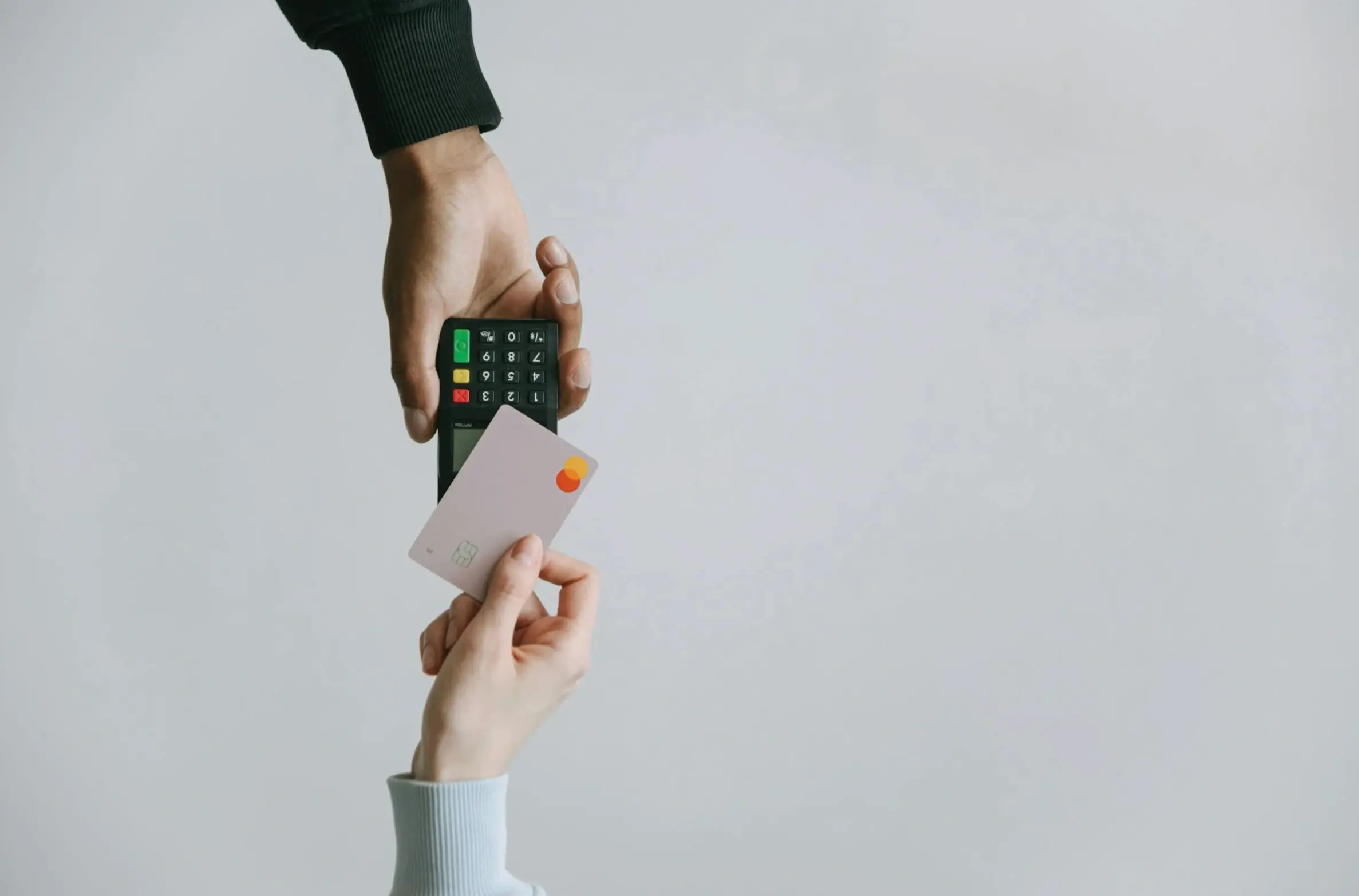15 UX/UI Trends for 2024
Updated on
Published on

As we step into 2024, user experience (UX) and user interface (UI) design continues to become more important. It's not just about creating visually appealing websites; it's about crafting experiences that captivate and engage visitors from the moment they land on a page. With that in mind, let's delve into 15 UX/UI trends that are poised to leave a lasting impression on your audience.
First up is immersive scrolling, a technique that empowers designers to curate content in a more narrative-driven manner. By weaving together smooth animations and dynamic elements, immersive scrolling invites users on a journey through your website, fostering curiosity and deeper engagement. However, it's essential to tailor this trend to your brand's identity and marketing objectives to ensure it resonates with your audience.

Haptic Feedback Integration introduces a tactile dimension to user interfaces, aiming to enhance the overall user experience. By incorporating advanced haptic technologies, designers can provide users with tactile feedback in response to their interactions with the interface. This trend seeks to create more immersive and engaging experiences by appealing to the user's sense of touch. From subtle vibrations to more pronounced tactile cues, haptic feedback offers exciting possibilities for enhancing user satisfaction and interaction dynamics.
Bold color choices take center stage as another prominent trend for 2024. Drawing inspiration from retro aesthetics, designers are embracing vibrant gradients and contrasting hues to infuse energy and personality into their websites. Whether it's neon accents or nostalgic color schemes, bold colors are making a comeback, adding visual interest and depth to static elements.
The integration of 3D and animated visual elements is redefining and elevating user interactions and making websites more memorable. When used thoughtfully, these elements can draw attention to key features without overwhelming the user experience. From subtle animations to immersive 3D graphics, incorporating dynamic elements can set your website apart from the competition.
Voice-Activated Navigation revolutionizes how users interact with websites by enabling hands-free browsing through voice commands. This innovative approach enhances accessibility for users with disabilities while also providing a convenient and efficient browsing experience for all users. By integrating voice recognition technology into website interfaces, designers empower users to navigate menus, perform searches, and execute commands using natural language. Voice-activated navigation not only streamlines the user experience but also improves engagement, especially in scenarios where hands-free interaction is preferred or necessary.
Augmented reality (AR) and virtual reality (VR) technologies are no longer confined to gaming and entertainment industries; they're increasingly infiltrating web design, offering immersive experiences that blur the lines between reality and digital space. From showcasing products in a virtual environment to creating interactive narratives, AR and VR hold tremendous potential for engaging users in unique ways.
Personalization takes center stage as users crave tailored experiences that resonate with their preferences and behaviors. By leveraging location-based recommendations and browsing history insights, websites can deliver targeted content that feels curated for each visitor. Whether it's suggesting relevant products or customizing interface elements, personalization tools enhance user satisfaction and foster long-term loyalty.
Dark mode emerges as a user-centric design trend, offering a visually soothing alternative to traditional light interfaces. By reducing eye strain and enhancing readability, dark mode has gained popularity among users, especially during nighttime browsing sessions. Implementing darker color schemes can not only improve user comfort but also lend a modern and sophisticated aesthetic to your website.
Accessibility remains a cornerstone of UX design, with a focus on inclusive features that cater to diverse user needs. From voice search capabilities to mobile-first design principles, prioritizing accessibility ensures that all users can navigate your website seamlessly. By removing barriers and embracing inclusive design practices, websites can create more equitable and enjoyable experiences for everyone.
Emotional Design Elements focus on evoking specific emotions and sentiments in users through visual and interactive elements, enriching the overall user experience. Designers can incorporate emotive imagery, animations, and interactions that resonate with users on an emotional level, fostering deeper connections and eliciting desired responses. This trend offers opportunities for brands to create more memorable and impactful experiences that resonate with users on a personal level. Whether it's evoking feelings of joy, nostalgia, or empathy, emotional design elements enable brands to forge stronger emotional connections with their audience, ultimately driving loyalty and engagement.

Kinetic type adds a dynamic dimension to textual content, capturing attention and conveying messages in an engaging manner. Whether it's subtle animations or interactive typography, kinetic type enhances storytelling and reinforces brand identity. By leveraging motion to guide user focus, designers can create immersive narratives that leave a lasting impact.
Gamification injects elements of fun and interactivity into website experiences, transforming mundane tasks into engaging challenges. By incorporating badges, rewards, and quizzes, websites can incentivize user participation and drive desired behaviours. From enhancing user engagement to collecting valuable data, gamification offers a playful approach to interaction design.
Bento box design organizes website content into visually appealing arrangements, maximizing space and improving navigation. By compartmentalizing information into neat sections, bento box layouts create a sense of order and hierarchy, enhancing user comprehension and engagement. From showcasing products to guiding users through multi-step processes, this design trend streamlines the user experience and fosters intuitive navigation.

Generative design harnesses the power of artificial intelligence (AI) to automate and optimize the website creation process. By leveraging AI tools for formatting, icon selection, and content generation, designers can streamline workflows and stay ahead of design trends. While AI complements human creativity, it also offers practical solutions for addressing evolving UX challenges.
Microinteractions add subtle yet impactful touches to the user experience, providing visual feedback and guiding user interactions. Whether it's highlighting text on hover or displaying loading animations, microinteractions enhance usability and delight users with their attention to detail. By incorporating these small yet purposeful elements, designers can elevate the overall UX and create more enjoyable website experiences. The world of UX/UI design is undergoing a transformative evolution, driven by a relentless pursuit of innovation and user-centricity. By embracing these 15 trends for 2024, designers at Brand Vision Marketing can create websites that not only impress visitors but also foster meaningful connections and drive business success.







